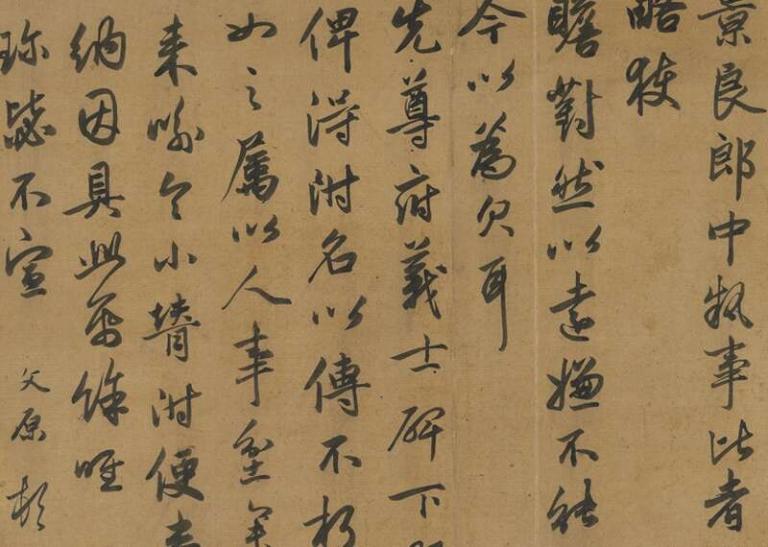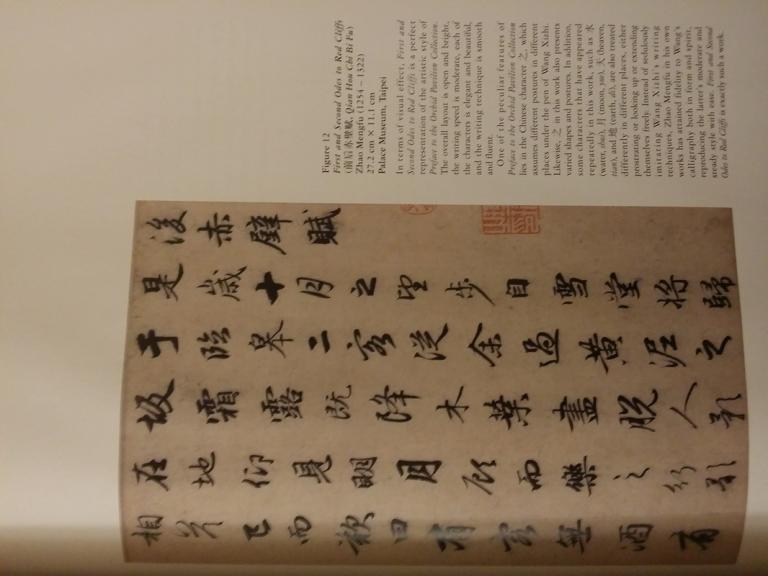Calligraphy of the Qin and Han Dynasties: Standard and Elegant
2 min readIn Chinese history, the Qin and Han dynasties witnessed the most dramatic change of Chinese characters The large seal script was processed into small seal script; clerical script developed to its mature level; regular script began to come into being; and plenty of calligraphers appeared. The change of Chinese characters as well as the development of calligraphy in this period exerted great influence on calligraphy in later ages. Today we can still find calligraphic works of the Qin and Han dynasties on silk books, bamboo slips, mural, or in forms of inscription on pottery, metal containers, stones, tiles and lacquers. They all provide important historical information for historical study on the Qin and Han calligraphy.

Small seal script was the official script in the Qin dynasty and there were many seal calligraphers such as Li Si, Zhao Gao Hu Wujing, Chen Miao and so on. Li Si was actually the creator of small seal script and made great contribution to the development of seal calligraphy.
The Qin and Han bamboo-slip-script was a transitional script between ancient and modern characters. In its initial stage there were many ancient characters. But in the later stage, it became closer to clerical script, cursive script and regular script. Though not as abstruse as ancient characters, bamboo-slip-script is unique in its own way. Clerical script was a popular folk script in the Qin dynasty. After being developed and perfected, it achieved its prime time in the Han dynasty and became a major script in that period, known as “Han clerical script”, which symbolized that calligraphy as an independent art form had developed into its mature stage. The stele inscription in the Eastern Han dynasty was the best of clerical script calligraphy.
In the Han dynasty, there were some calligraphers such as Cai Yong, who was not only a great calligrapher but also theorist of calligraphy. He created “feibai”(a style of calligraphy characterized by hollow strokes, as if done with a half-dry brush) and was good at seal script and clerical script. He also joined the production of stone sutra and made great contribution to the development of calligraphy.









